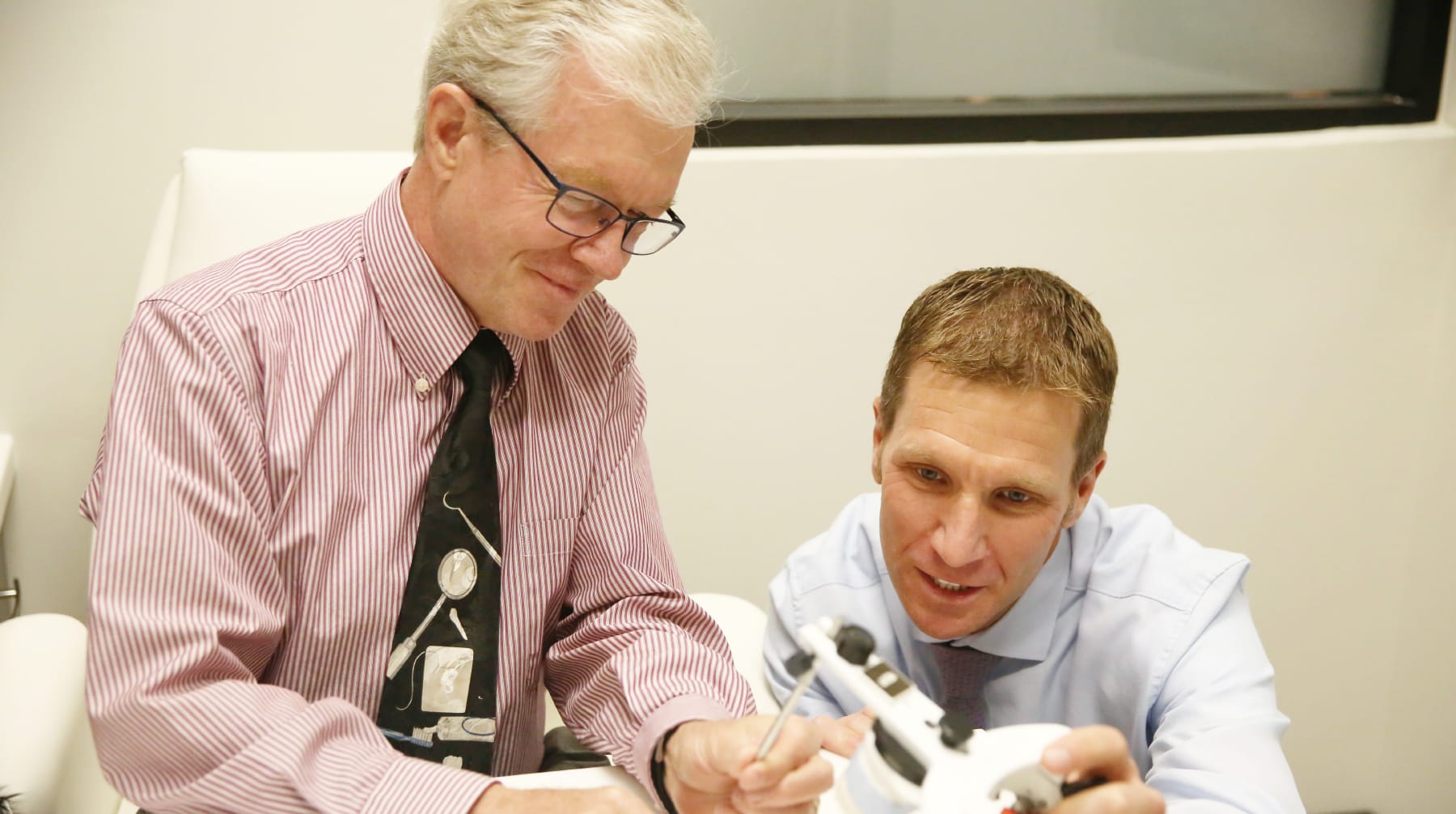
A common childhood dental issue is chronic gum disease, also called periodontal disease. Often a side-effect of poor oral hygiene it is essential for this dental health issue to be taken seriously, as it can set your child up for a lifetime of poor oral health and potentially tooth loss.
To help you identify the types, signs, and steps to take to care for your child’s periodontal disease, our dentists at Riverside Dental Care are here to help.
Types Of Childhood Gingivitis
There are three types of gum disease that commonly affect children. In general, these types will progress from one to the next as the periodontal disease becomes worse.
- Chronic gingivitis – The most easily treatable stage of periodontal disease, chronic gingivitis is characterized by swollen, bleeding gums. Even when not touched, the gums are usually red. If intervention occurs at this point—in the form of regular brushing, flossing, and dental cleaning—childhood gingivitis can be resolved.
- Localized aggressive periodontitis – If chronic gingivitis isn’t addressed in time, it can progress to localized aggressive periodontitis. This more serious form of periodontal disease often attacks the incisors and first molars in children and reduces the jawbone density in that area. Also, the root of the incisors and first molars can become more exposed as the gums recede.
- Generalized aggressive periodontitis – This form of childhood gum disease is more common around puberty, and affects the child’s entire mouth. Along with the gum inflammation, there is often a heavy buildup of calculus and dental plaque on the teeth. As this type of periodontitis progresses, the child’s teeth will become loose and can fall out.
Signs Your Child Has Developed Gingivitis
As you can see, the three stages of periodontal disease are best addressed early when the first signs of gingivitis show up. To help you recognize when your child has developed gingivitis, look for these signs.
- Bad breath that won’t go away.
- Puffy gums that are bright red.
- Gums will bleed when brushing teeth or whenever pressure occurs.
- Teeth become more exposed as gums recede.
If you recognize one or more of these signs of gingivitis or periodontal disease in your child, then it’s time to utilize our dental services to help get your kid’s oral health back on track.
What To Do When Your Child Has Gingivitis
When you first start recognizing your child has gingivitis, it is important to take them in to see our dentists to determine the severity of their periodontal disease. Once our dentists have seen how far your child’s gum disease has progressed and provided treatment, the follow-up at home is essential.
- Role model good oral hygiene – Parental role modeling is key for young children, who will often mimic what their parents do. Having family teeth brushing and flossing time can help your child develop good oral habits as they learn from your example how to care for their dental health.
- Help with brushing – There is no set age when children should start brushing their teeth on their own. If your child is dealing with gingivitis, then it can indicate they still need a hand when it comes to brushing. You can have them brush their teeth first, and you follow up with some extra brushing to round things out.
- Stick to routine dental cleaning schedule – By going to biannual dental cleanings, it is far easier to keep gingivitis, cavities, and other oral health issues in check, as our dentists can keep an eye on potential issues.
If you would like to bring your child in to have them checked for gum disease, please contact us today to arrange an appointment. We look forward to helping your child achieve a healthy smile!






 (435) 656-4441
(435) 656-4441 826 S 3000 E Ste 2
826 S 3000 E Ste 2
Leave a Reply